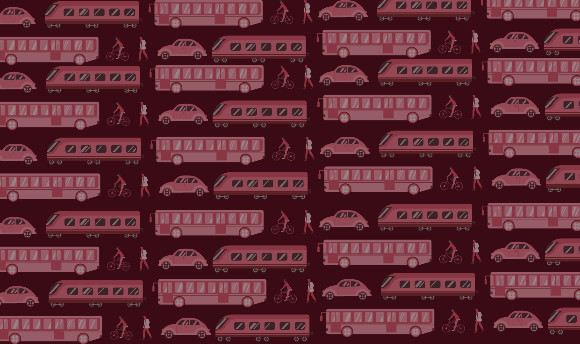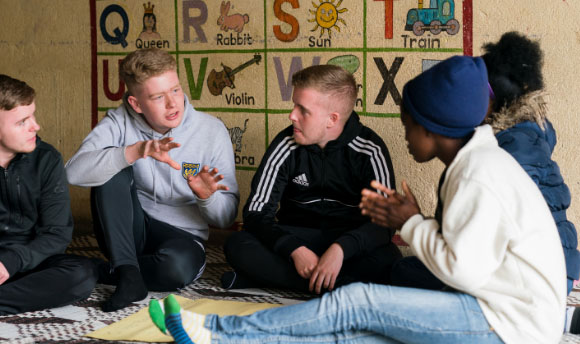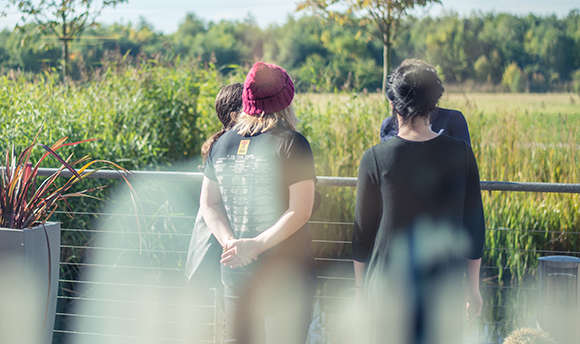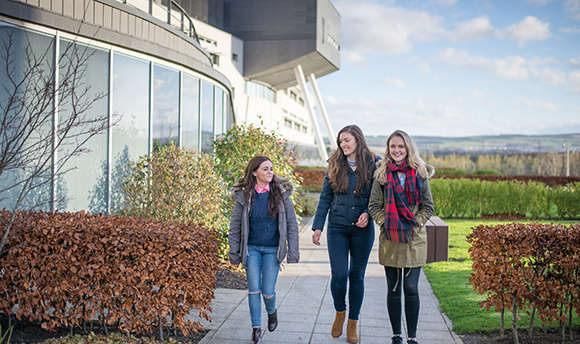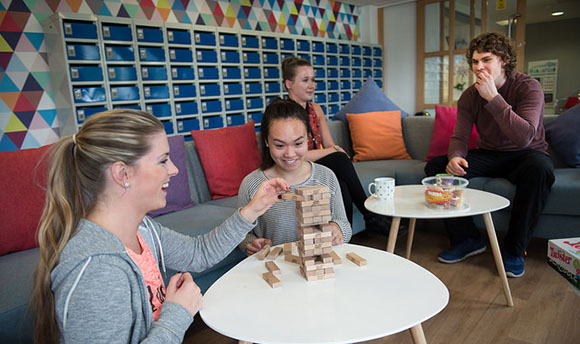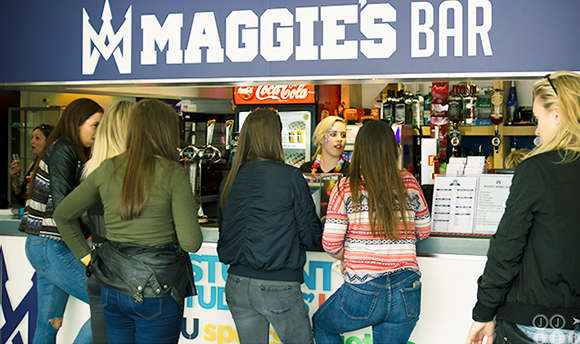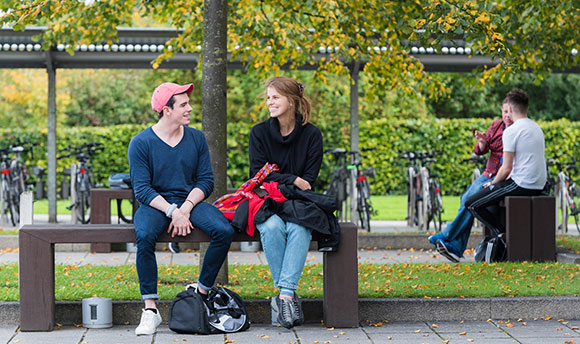Often, ‘Practice Research’ is referred to by different names — practice-led research, practice-based research, practice-driven research, to name a few — and all of these modalities have nuanced, specific understandings about what the 'output’ or the ‘subject’ or the ‘data’ of the research is. However, despite the differences, they generally all fall under a larger umbrella term of ‘practice research.'
Simply put, ‘Practice Research’ is ‘knowledge in the doing’, while also being concerned with the ‘know-how’ of practical enquiry. It is a way of exploring how ideas are given form in the process of making, whilst exposing how the making itself can generate ideas.
It might seem teleological to suggest that one can come to understand making via making, but think of baking a cake: we can follow recipes to the letter, but we have all perhaps figured out that our oven takes a bit longer to warm up, or cooks quicker… so, over time, we’ve adjusted our ‘doing’ to bake a better cake, specific to our context. We’ve developed a ‘doing’ response - via our practice research - that has resulted in us making a better cake. And while cake is always an interesting topic, you might wonder why we’re talking about it in a university setting? Surely a university is a place of learning and theory? Of “Book Smarts”? Not of ‘making’?
That might be true for some universities, but the newly developing Practice Cluster within the Centre for Communication, Cultural and Media Studies (CCCMS) recognises that there is a level of skill, expertise and knowledge that comes through practice research, which we want to encourage. Similarly, there is increasing recognition in the UK of the ways in which creative departments contribute to research culture and we are keen to explore how QMU can support this way of researching for our staff and students.
As such, on Friday March 6th, we invited two practice-researchers to discuss how they ‘do’ their practice - and, importantly to us - how that manifests in the context of academia. Francis Marion Moseley Wilson is an American artist and practice-based researcher at the University of Glasgow whose thesis investigates the intersections of taxidermy and live art. Sarah Hopfinger is a performance-maker and an artist-academic in Contemporary Performance Practice at the Royal Conservatoire of Scotland. Both spoke of their current research and how they are supported (or not!) within their academic contexts so that we could learn from their experience and insight of practice research.
It would be impossible to do the justice to the individual practice of Sarah and Francis within this small blogpost, but suffice to say they spoke eloquently and complicatedly about the ‘doing’ of their work, and how it explores their particular interests. In regards to practice research, Sarah suggested that we could be “ambitious but suspicious” about this type of research, recognising that - like everything - there are benefits to working this way, but also drawbacks. The main drawback we identified in our session was how other fields understand this way of working as a relevant and an acceptable method of gathering knowledge. Often, they don’t understand it as research.
This might be because of one of the other major concerns we discussed: practice researchers often don’t work with a specific ‘question’ but rather a ‘framework’ that guides their explorations.
Because the work is messy, intuitive and responsive, and is developed in the process of the making, it is often very difficult to know beforehand what one will do, until one is in the middle of doing it. Starting with a blank page seems crucial for some processes, and it might also reflect the deliberately chaotic approach that is very often the methodological hallmark of practice research in its making. Back to the cake analogy: I could start out making a chocolate cake, but halfway through realise cupcakes are more suitable to my child’s birthday party, so I need change the direction of my research. Working this way often seems antithetical to more rational, logical (and positivist) epistemologies, which usually start with a question, and then select a method that is assumed to be best placed for answering that question. This is the more established way of doing research familiar to many of our colleagues in the Humanities and/or the Social or Hard Sciences. However, trying to force practice research into this mould often results in failure, and not the good kind. This fact makes it very difficult to design funding bids or to even plan work with other researchers.
As such, through this event we identified that perhaps one of the main aims of the Practice Cluster at QMU is to undertake advocacy; to develop ways that can explain and explore this way of working with others, and support practice research across multiple disciplines.
By Anthony Schrag, John Dean, Bianca Mastrominico, David Stevenson
